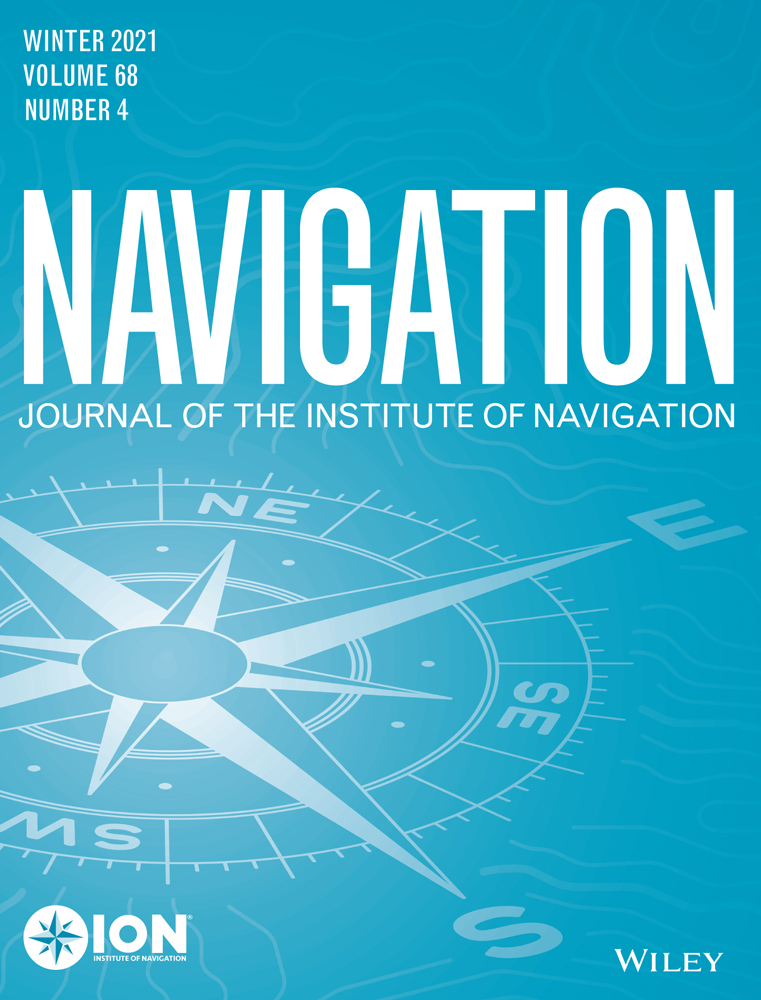Kinematic DGPS and INS Hybridization for Precise Trajectory Determination
ABSTRACT
As part of its activities, the Laboratoire de Recherches Balistiques et Aérodynamiques has reponsibility for evaluating the performance of navigation systems of many kinds (e.g., inertial, radionavigation-based, and hybrid systems, including radar, radio altimeter, and odometer). A very accurate and robust trajectory determination system was therefore developed, based on kinematic GPS and a high-grade inertial unit. Following a global description of the system architecture, a detailed explanation of GPS measurement processing is presented. The “on the fly” algorithm developed is described with its specificities (e.g., acceleration process, ambiguity acceptance criterion, and zero velocity case).
An inertial navigation system (INS) data filtering algorithm is then described, including discussions on error modeling and the use of kinematic GPS data. A global process chart for the INS/differential GPS (DGPS) hybridization is given. Hardware implementation on the vehicle is then described. Finally, a detailed assessment of the performance of the system is given, in terms of accuracy, time to resolve GPS ambiguities, and maximum duration of GPS signal masking to allow a rapid recovery of ambiguities.




